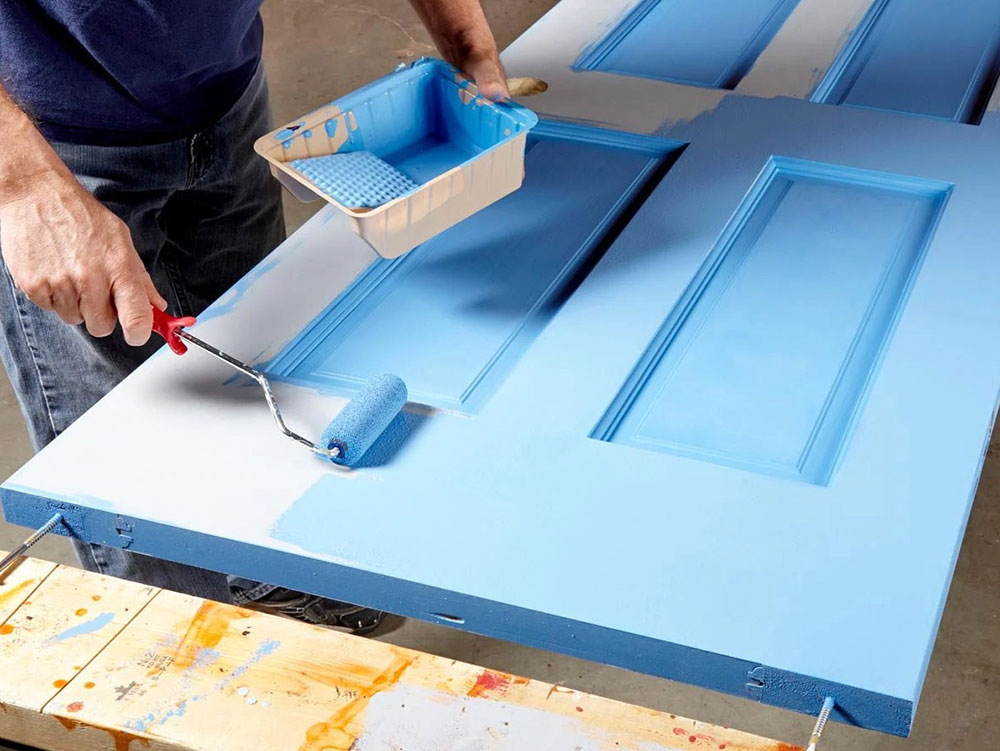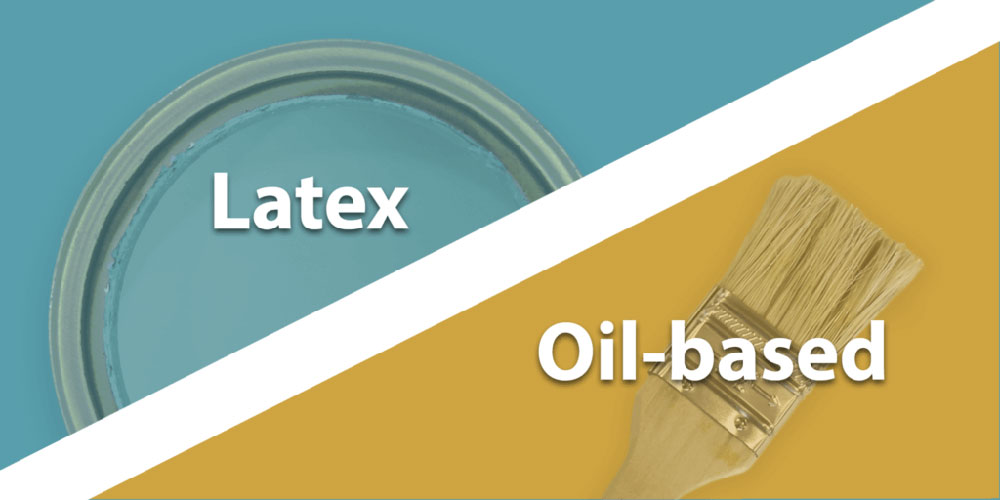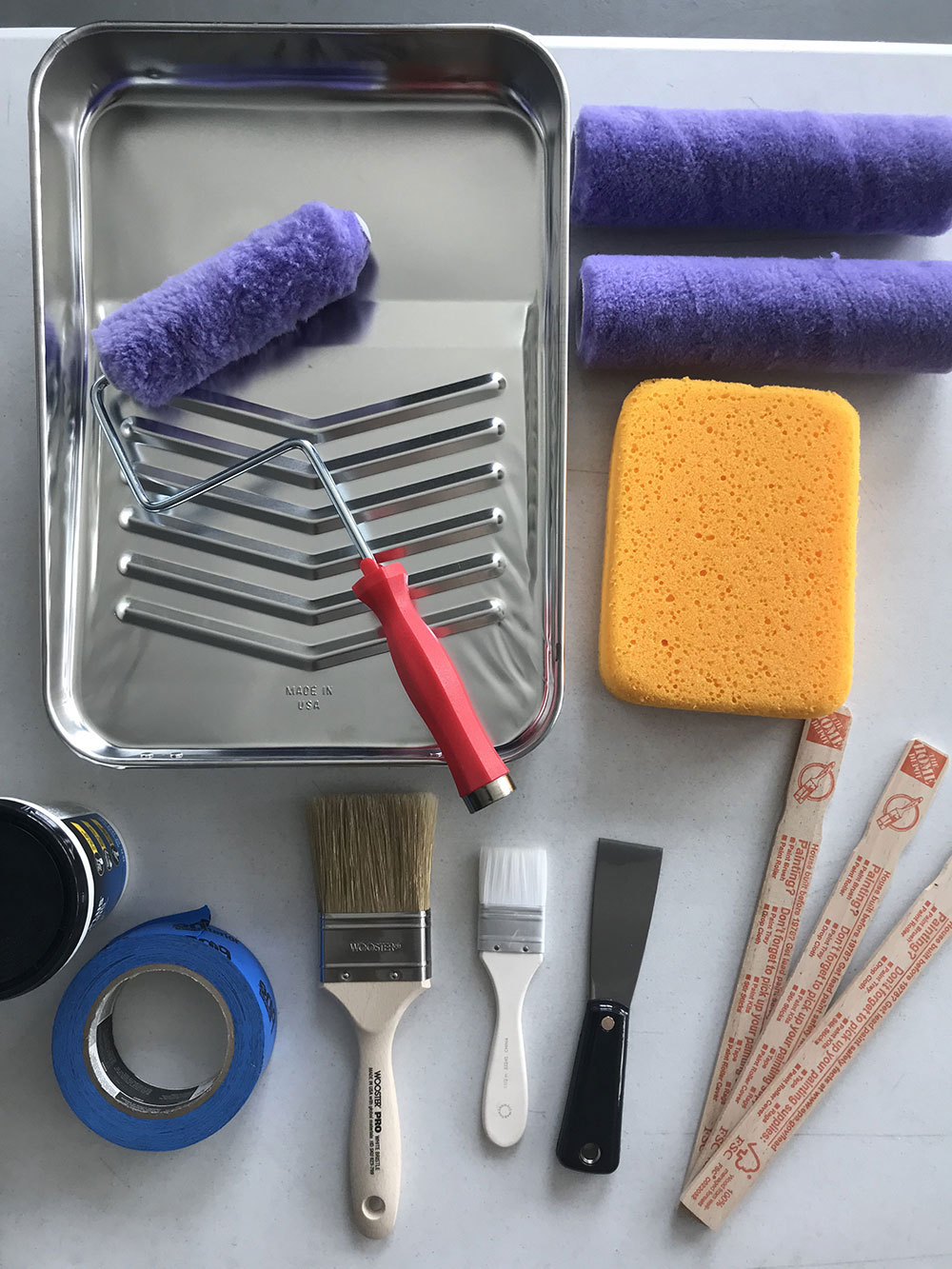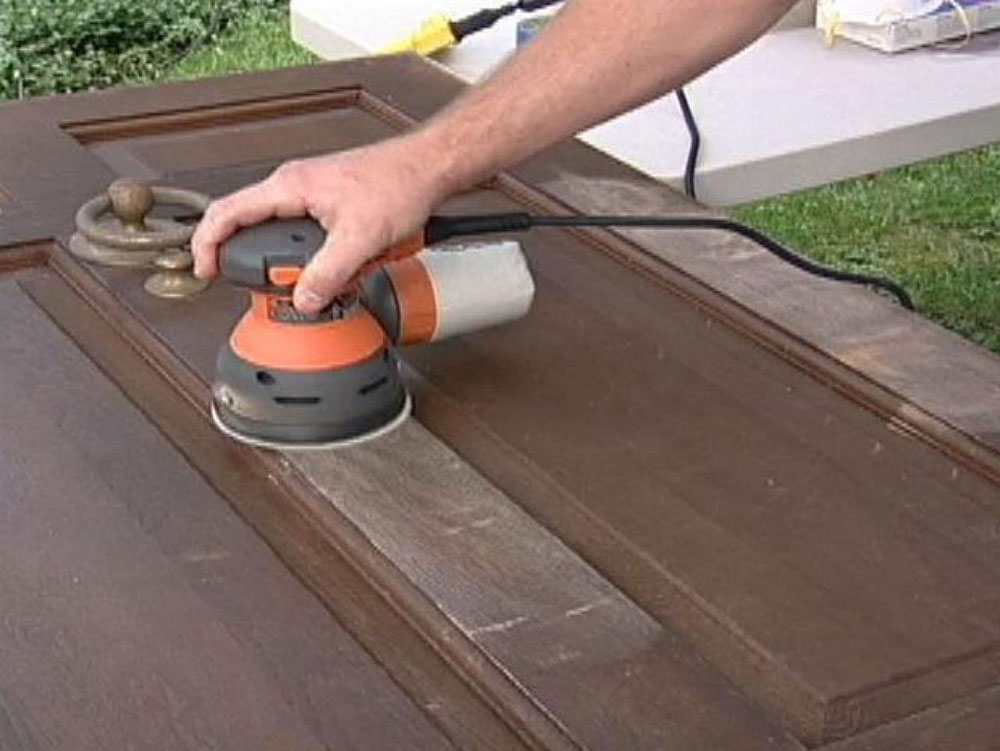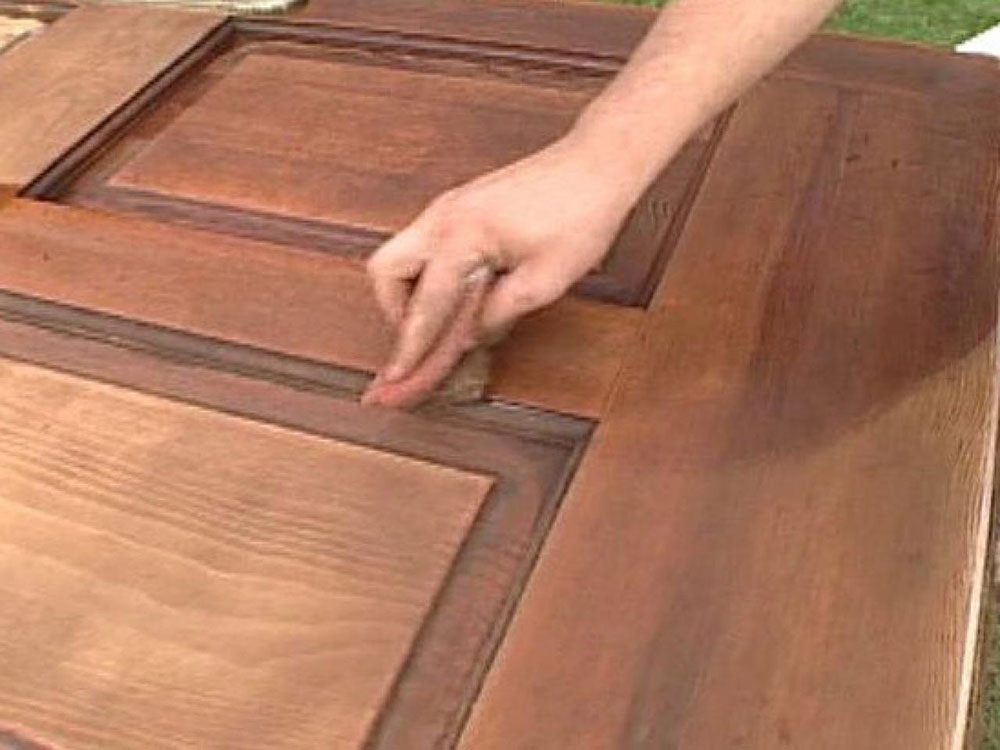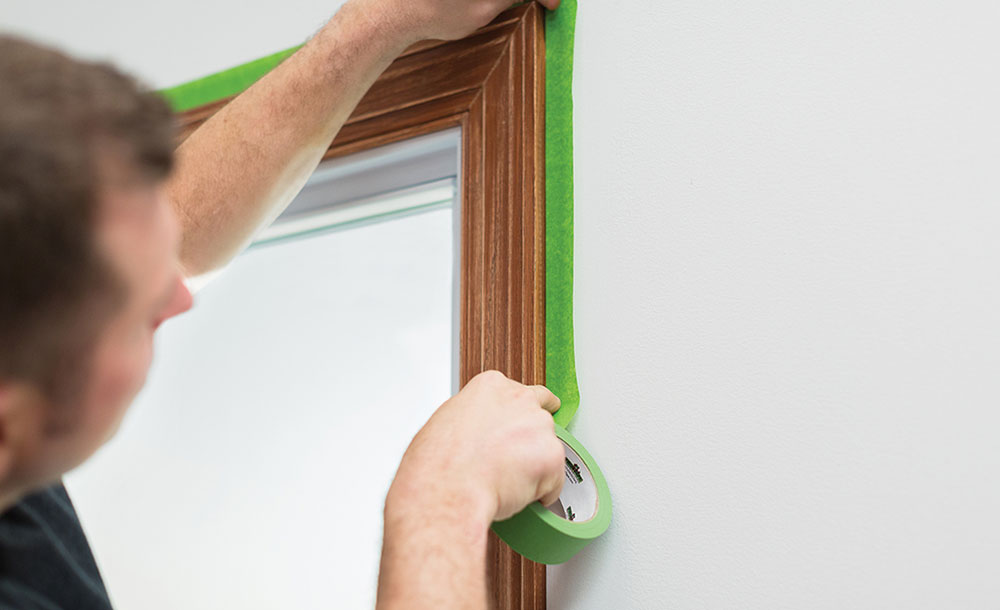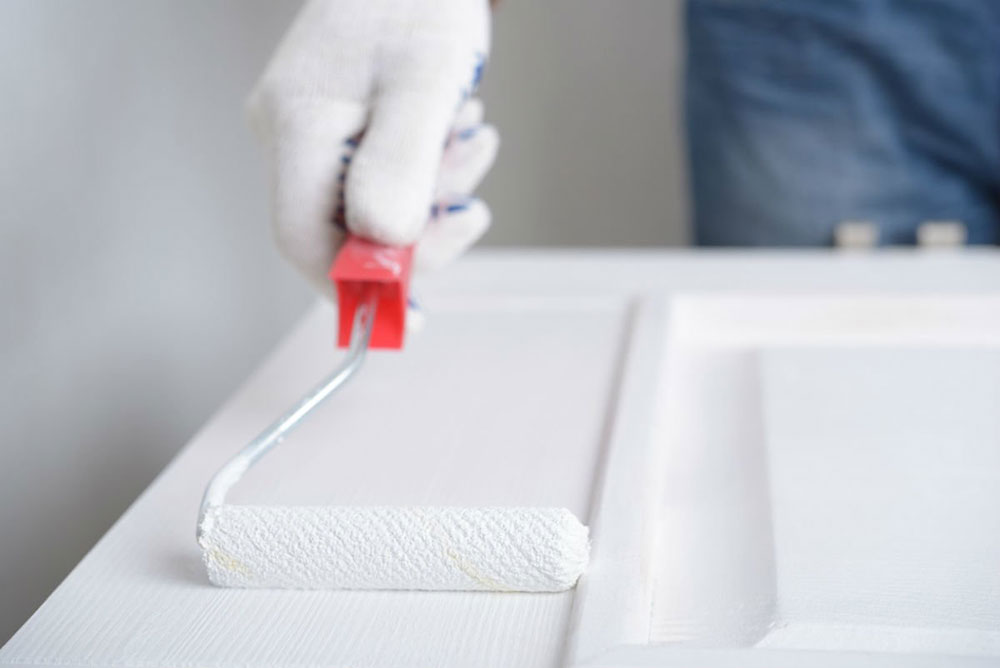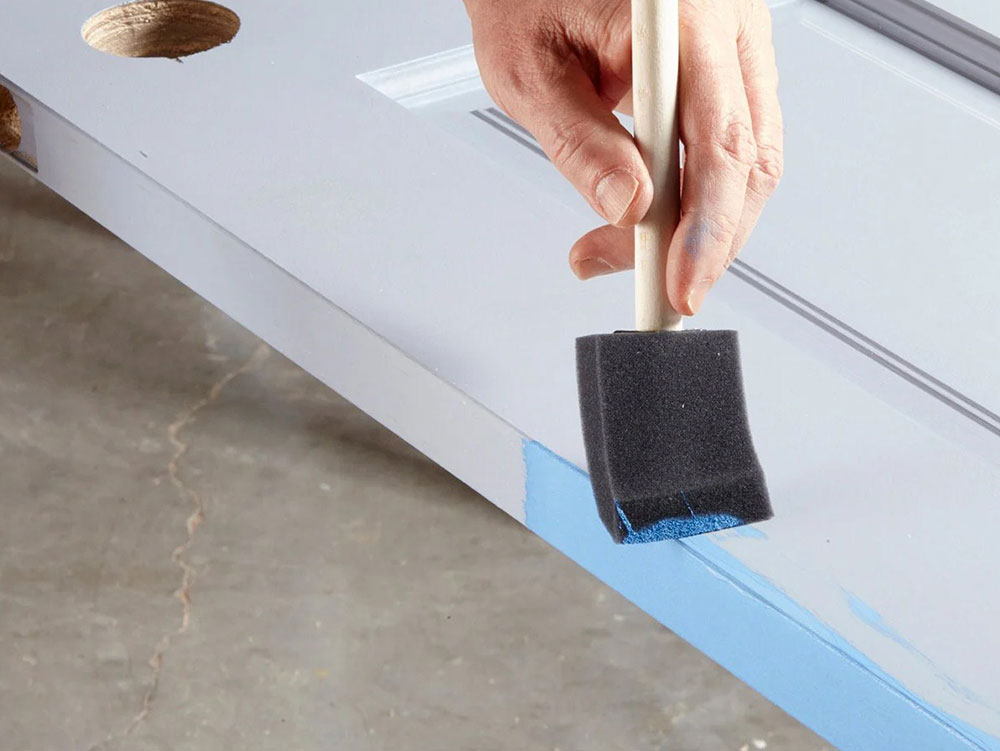Advertisement
Is it possible to use oil-based paint over latex? Although the real answer to this question is that oil-based paint does not go well directly over latex paint, it is possible if there is a sealing coat between the two layers, since they don’t go well.
Due to the flexibility that latex paint already has and the hard finish of the oil paint, the two are not ideal, especially if the base is latex. Another factor to the issue is if the latex paint is relatively new, which makes achieving a good result more complicated.
Nevertheless, by sanding the latex surface and applying a sealing coat and separating the two layers, you can use an oil-based paint over such a surface.
When to Use an Oil-based Paint?
There are two types of paint available on the market right now – oil-based paint (less commonly known as alkyd paint), and acrylic latex paint. Water and an acrylic resin binder make up the latter. On the other hand, mixing a hydrocarbon-based solvent and alkyd resin creates oil-based paint.
Finding specific materials for different paint jobs, and deciding what type of paint to use may confuse you. Most painters favor oil-based or latex paint when updating and painting over the interior of homes.
Both paints are suitable for different objects, surfaces, etc. For example, latex paint most commonly covers interior walls, while oil-based paint is more fit on objects with surfaces that tend to wear & tear.
Advantages to Oil Based Paint
- Oil-based paint dries with a hard veneer that is progressively impervious to scratches fingerprints, recoloring, unlike latex-based paint.
- Oil-based dries much more slowly, and subsequently, it proffers a smoother and glossier finishing result.
- They are easier to wash off when making a mistake due to their hard surface.
- Oil paints are all the more synthetically repellent to confront washing cleansers than latex.
- Wall flaws are easier to hide with oil paints since they are much thicker.
- Oil-based paint offers a less clear refractive file contrasted with latex paint because the linseed oil contains smaller particles than latex paint does. In this manner, the paint film gives a sentiment of more profundity and warmth than latex paint.
- The surface provided by oil-based paints is much smoother to the touch, and thus more pleasing.
- Some argue that oil-paint is better when comparing it to latex paint since it is more visually pleasing, smoother, and firmer.
Even though it may require extra work if you decide on it, using and applying oil-based paint is possible in nearly every situation. Below are projects which are very fitting for it:
- doors
- cabinets
- full-gloss finish surfaces
- trims
- rooms with high levels of moisture, like the bathroom
When using a faux finish, you can easily manipulate and play with it however you may like, due to the extended drying period of oil-based paints
How to Apply Oil-Based Paint Over Latex Paint
When applying oil-based paint over latex paint, a sealing coat separating the two is crucial due to the different and even contrasting characteristics of the paints.
For this very task, you need the following materials:
- Oil-based paint
- Water-based or acrylic-based primer
- Paintbrush
- Paint roller
- 80-grit and 150-grit sandpaper
- Sanding block
- Masking tape
- Cloth
- Water
- Mask or respirator
You need to be highly prepared for this process. To successfully put oil-based paint over latex, follow these steps:
1st Step: Sanding the surface
Latex is flexible, as mentioned above. If you don’t sand the surface and add primer between each layer, the oil-based paint won’t stick to it. Equipping yourself with p80 grit sandpaper and removing as much of the latex from the surface as you can is a solid start to the process.
By doing this, the surface will even out, and the oil-based paint will stick properly. Don’t stop sanding until the surface appears matte.
2nd Step: Second stage of sanding
Before putting an oil-based paint over latex, you should continue sanding with 150 grit sandpaper until you achieve a smooth and matte cover. The sandpaper will smoothen the surface layer by getting rid of smaller flaws on every exposed layer. When done, get rid of dust by sweeping it away. Go through the area with a damp cloth and wait for it to dry.
Afterward, using a brush attachment, vacuum over the surface to remove any dust that is left laying around. With warm water and detergent you have at home, wash the surface. Rinse with clean water, and once again, wait for it to dry.
3rd Step: Masking the area
Seal the edges and any neighboring areas using masking tape to protect them from the paint and no mess. This includes the edges of walls, cabinets, light switches, or anything else in the way. Moreover, the masking tape helps to achieve a clean, sharp look after all is done.
4th Step: Applying the primer.
With a small brush, go along edges of walls with a high adhesion primer. This includes the join between the wall and the ceiling, the sides of the wall, and the baseboard’s top.
Afterward, apply one coat of a water-based or acrylic primer. Both are suited to work fine with both types of paints and create an ideal separating surface for them. The primer should be positioned between both layers of paint.
When the first coat is dry, apply another one to achieve the isolating effect further. Make sure that all traces of the latex paint are entirely covered with the primer.
Before applying the primer, make sure that most of the latex paint is removed.
5th Step: Applying a topcoat
Apply a thin coat of your chosen oil-based topcoat. Once again, use a small brush to cut in if you are painting a wall. Apply paint to the rest of the wall with a larger brush or a roller.
Use an appropriately sized brush if you are painting a smaller area. Allow the paint to dry thoroughly before sanding it lightly and applying a second coat. The extra layer provides maximum coverage and protection on the surface.
When this is dry, appraise the situation. If need be, apply a further coat to ensure maximum coverage. Remove all masking tape while the paint is still tacky to avoid tearing the paint.
Extra Tips on putting oil-based paint over latex
Here are several tips on how to put oil-based paint over latex:
Remove any unwanted oil-paint splatter immediately with cloth dipped in brush cleaner
- Ensure that you paint in an air-conditioned area to help diffuse the fumes and allow the paint to dry correctly.
- For the paint to dry correctly and diffuse fumes, make sure that the area you’re painting in is well-ventilated.
- Make sure to use a mask when doing the task, due to the chemical fumes coming from the paint and its extended drying period.
- Clean any oil-paint from brushes with a brush cleaner. If there is latex on them, they can be easily cleaned with water.
- Isolate yourself from paint particles when dusting by wearing a dust mask
If you enjoyed reading this article about oil-based paint over latex, you should read these as well:

